Spending three days in any city sounds intimidating, but spending three days in Rome? You may look at me like I have three heads when I say that a three days in Rome travel itinerary can done, but it is possible!
In fact, I felt like three days was just the right amount of time for a fast-paced traveler to spend in this beautiful city.
You may not be able to see everything this city has to offer, but you’ll certainly be able to experience the major highlights, eat some great food, and drink plenty of wine.
Just be sure to manage your expectations. While there, I viewed some guides that offered completely unrealistic or head-scratching itineraries. Only an hour and a half for the Roman Forum and Palatine Hill but a full hour for Trevi Fountain? Huh? Or my all-time favorite, Piazza del Popolo on a separate day from Terrazza del Pincio?! They’re literally connected to each other by a set of stairs! It made me wonder if that person had even been there.
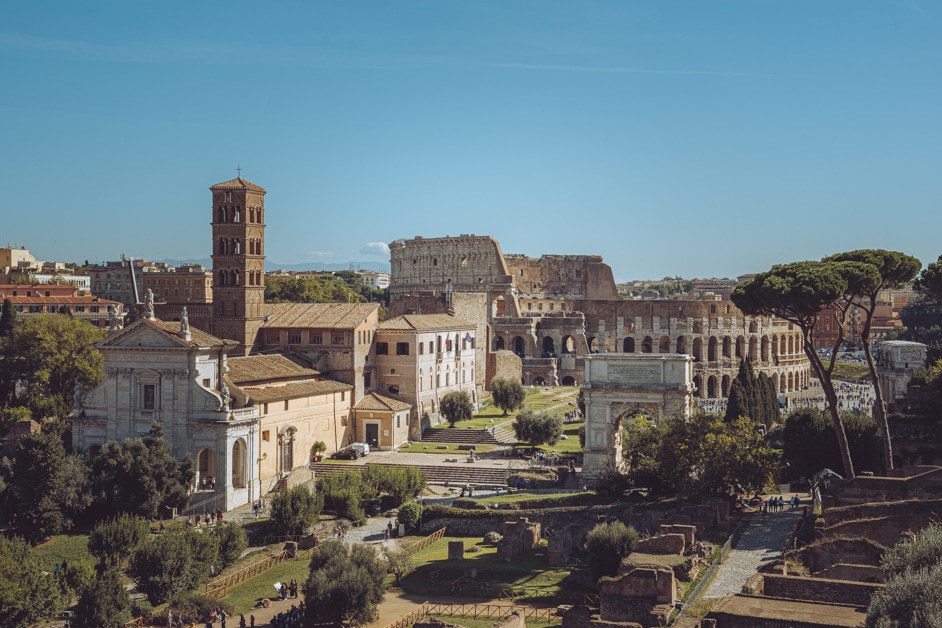
Pack and Go, Rome Edition!
Now is this the end-all Rome travel itinerary?
If you’re pressed for time I’d certainly like to think so! Sure, there are other places you can add in or remove, like the popular Basilica di San Giovanni in Laterano. I certainly considered seeing it, but while there, I was starting to get churched out.
Churches and cathedrals may be my favorite (behind castles), but where Rome is concerned, it feels like there’s a church on every street corner. So, in the end, it’s up to you.
So, what are all of these places I list?
Let’s take a look below!
Ultimate Rome Travel Itinerary
- Day 1: Colosseum, Palatine Hill, Roman Forum, Vittoriano
- Day 2: Vatican Museums, St. Peter’s Square, St. Peter’s Basilica, Castel Sant’Angelo, Ponte Sant’Angelo
- Day 3: Baths of Caracalla, Mouth of Truth, Piazza Navona, Pantheon, Trevi Fountain, Spanish Steps, Piazza del Popolo, Terrazza del Pincio
I know Day 3 looks jam-packed compared to the first two days, but you need to consider the sights you’re seeing. Places like the Pantheon, Trevi Fountain, and Spanish Steps are a very quick “see.” For example, you might spend several hours in the Vatican Museums, but you can walk up and down the Spanish Steps in ten minutes or less.
Are you looking to save time because maybe your flight is early? It would be easiest to skip the Baths of Caracalla and Mouth of Truth. Instead, you would start in Piazza Navona and hammer out the quicker sights that are grouped closest together.
Table of Contents
– Rome Travel Itinerary: Day 1
Colosseum
You’ve all seen it before. What Rome Travel Itinerary would be complete without the building most associated with the city?
One of the New7Wonders of the World, the Colosseum, also known as the Flavian Amphitheater, is an oval amphitheater in the center of the city. It was the largest amphitheater ever built at the time and held 50,000 to 80,000 spectators.
It played host to all sorts of gladiatorial contests and public events that were often used to distract Romans from the conditions of the city.
At first, it might not feel as large as you expect it to be once you’re inside. That’s because being inside forces a different perspective on you. But after you start walking around and circle the entire structure, you’ll get a better sense of scale.
Lines here get very long. If you’re not willing to arrive super early, my advice is to purchase a skip-the-line ticket. I purchased one that included the Roman Forum and Palatine Hill for about $32. With this, I was led right past a large number of people who were waiting in line.
The skip the line tickets I purchased can be found HERE. I recommend the first one, which includes the arena floor, as it was pretty cool to walk around on.
The Colosseum is open daily from 8:30 AM until one hour before sunset, so closing times vary by season.
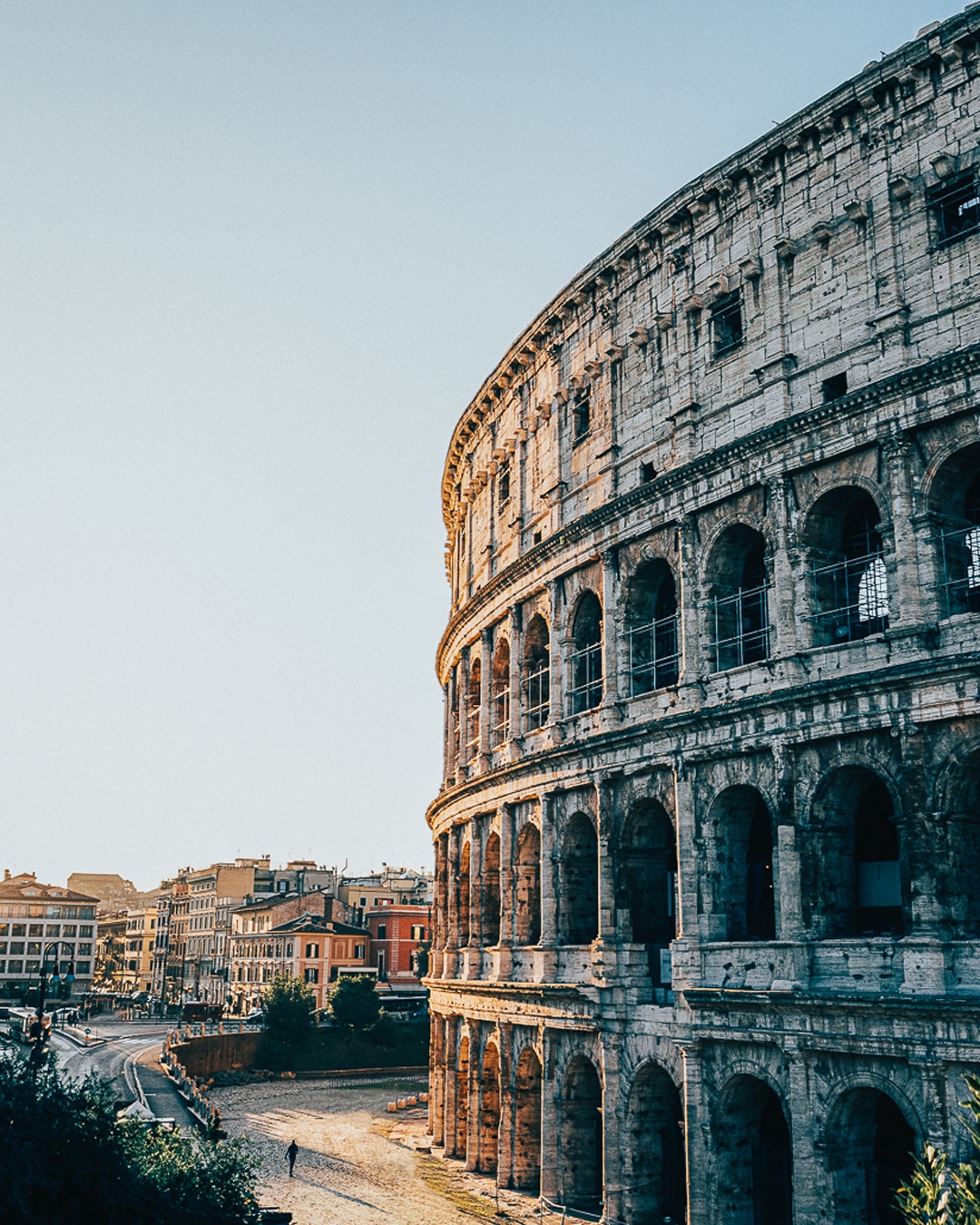
Palatine Hill
Palatine Hill is the center-most of the Seven Hills of Rome and the city’s birthplace. It is one of the most ancient parts of the city and has been called “The first nucleus of the Roman Empire.”
Now the hill is primarily a large open-air museum of ruins. In the Palatine Museum proper is where you’ll find the treasures of many excavations done here as well as finds from other ancient Italian sites.
Unfortunately, someone thought it was a good idea to also install some “modern art” on the hill. I have no idea why they thought it was a good idea, but it managed to pull me out of the experience with more than a few “wtf is this?” moments.
Roman Forum
Located just west of the Colosseum, the Roman Forum is a rectangular plaza (forum) surrounded by the ruins of several important ancient government buildings. For centuries, the Forum served as the center of the city.
It’s here that you’ll find the spot where Julius Caesar was cremated. Should you wish to visit the site where he was actually killed, you’ll have to wait until 2021 as it is currently closed to the public while preparations are being made to open it to tourists for the first time.
While walking around here, you can almost feel what the bustle of everyday life must have been like in Ancient Rome. Just imagine the hundreds of tourists dressed up in togas, and you’re golden.
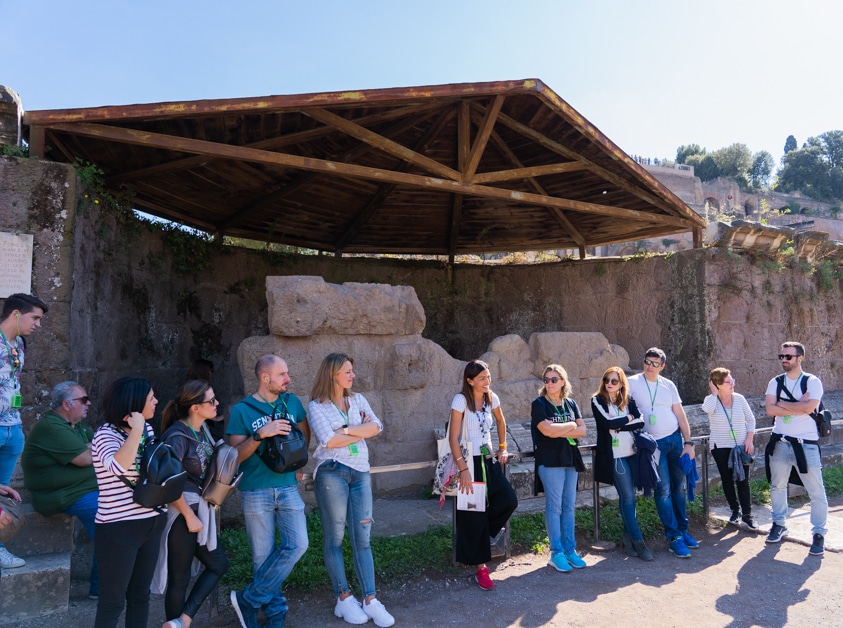
Vittoriano
It’s not ancient, you’ll see it from everywhere you go as it cuts the Roman skyline with an obtrusive presence, and it’s not well-liked by most Romans who refer to it as “the wedding cake.”
Also known as the Altar of the Fatherland, it’s an ugly building built in honor of the first king of a unified Italy; it now houses Italy’s Tomb of the Unknown Soldier with an eternal flame. So dislike aside, it is an important building.
Its construction was completed in 1935, so you may not be interested in something so new, but that would be a mistake. You should absolutely visit and ride the lift to the top where the roof offers some of the best views of the city. There’s actually a running joke that the views are made better by the fact that standing on the building removes it from your sight.
Vittoriano is open Monday through Sunday from 9:30 AM to 7:30 PM, with the last admission at 6:45 PM.
Entrance is free, but the lift to the top will cost 7 €
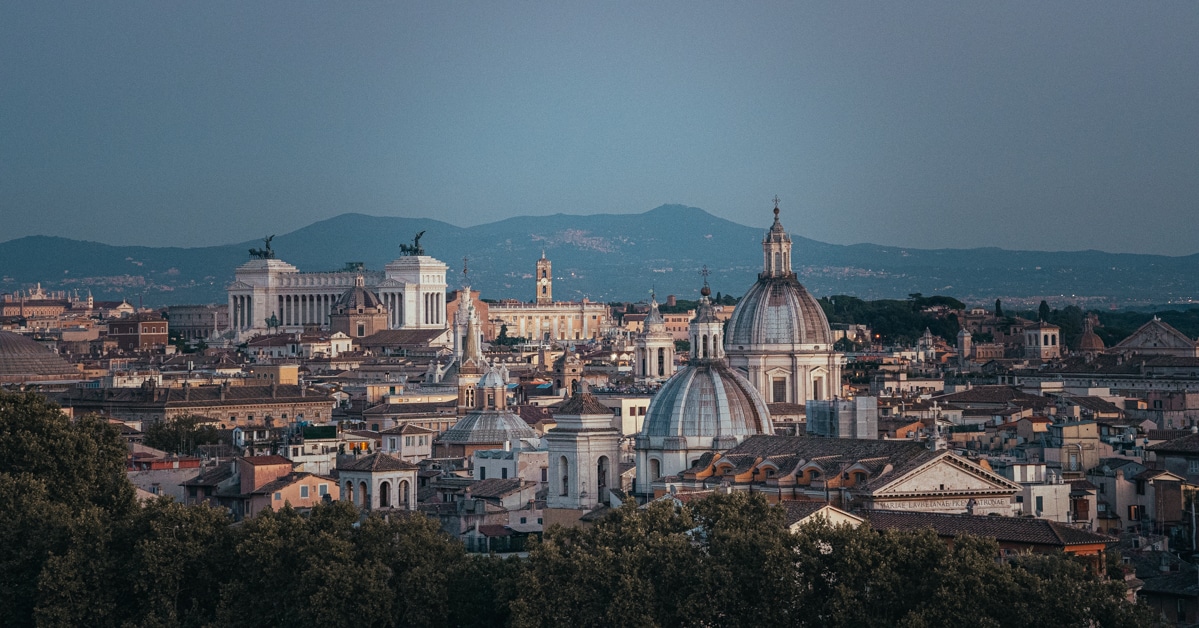
– Rome Travel Itinerary: Day 2
Vatican City
Vatican City is the Holy See’s independent city-state that is located within Rome. It is the smallest sovereign state in the world by both area and population.
You may think that just because Vatican City is small that you will be able to pop in and out but that’s definitely not the case.
Located within the Vatican, you’ll find several of the main sites that the area has to offer. These are the Vatican Museums, St. Peter’s Square, and St. Peter’s Basilica. I spent almost a full day in the Vatican.
The Vatican Museums
The Vatican Museums will take up the majority of your time. These museums are incredibly popular, which translates into incredibly long lines.
The museums display many of the works that have been collected by the Catholic Church and the papacy throughout the centuries. These include several of the most renowned Roman sculptures and the most important masterpieces of Renaissance art in the world.
There are fifty-four galleries in total, which contain approximately 70,000 works, though only around 20,000 are on display at any given time. The final gallery that you’ll see before exiting the museum is the Sistine Chapel, so it almost feels like they saved the best for last.
Getting through the museums can be slow, especially if you choose to book a tour. I saw them independently, but the number of people in some areas has you moving at a crawl. Most notable would be the Sistine Chapel.
The Sistine Chapel really lives up to expectations. The amount of work it must have taken is mind-blowing. I just wish I could have enjoyed it with fewer people. When I was there pre-covid, the entire chapel was so tightly packed that it was easily a fire hazard.
Again, you’re going to want a skip-the-line ticket as the line for entrance can wrap around the block. This ticket will get you right inside. For only being a minimal price increase, I really can’t understand why more people don’t use this option.
The ticket I purchased was $23 and can be found HERE.
The Vatican Museums are open Monday to Saturday between 9:00 AM to 6:00 PM with the last admission at 4:00 PM and on the last Sunday of each month from 9:00 AM – 2:00 PM with the last admission at 12:30 PM.
St. Peter’s Square
After the Vatican Museums, it’s off into St. Peter’s Square.
Whenever you see Vatican City on film or television, this is usually what you’re looking at.
The square is a large plaza shaped like a keyhole and located directly in front of St. Peter’s Basilica. It contains things like an Egyptian obelisk, 284 columns, and 88 pilasters that flank the square in an impressive colonnade of four rows. My favorite part is the 140 statues of saints that ring the top and look down on the square below.
If you arrive in the square around noon on a Sunday, you will likely see the Pope appear at his window in the papal apartments to the right of the square. It’s from there that he gives his weekly address at 12:30 PM when he is in Rome. St. Peter’s Basilica is usually closed during this time frame.
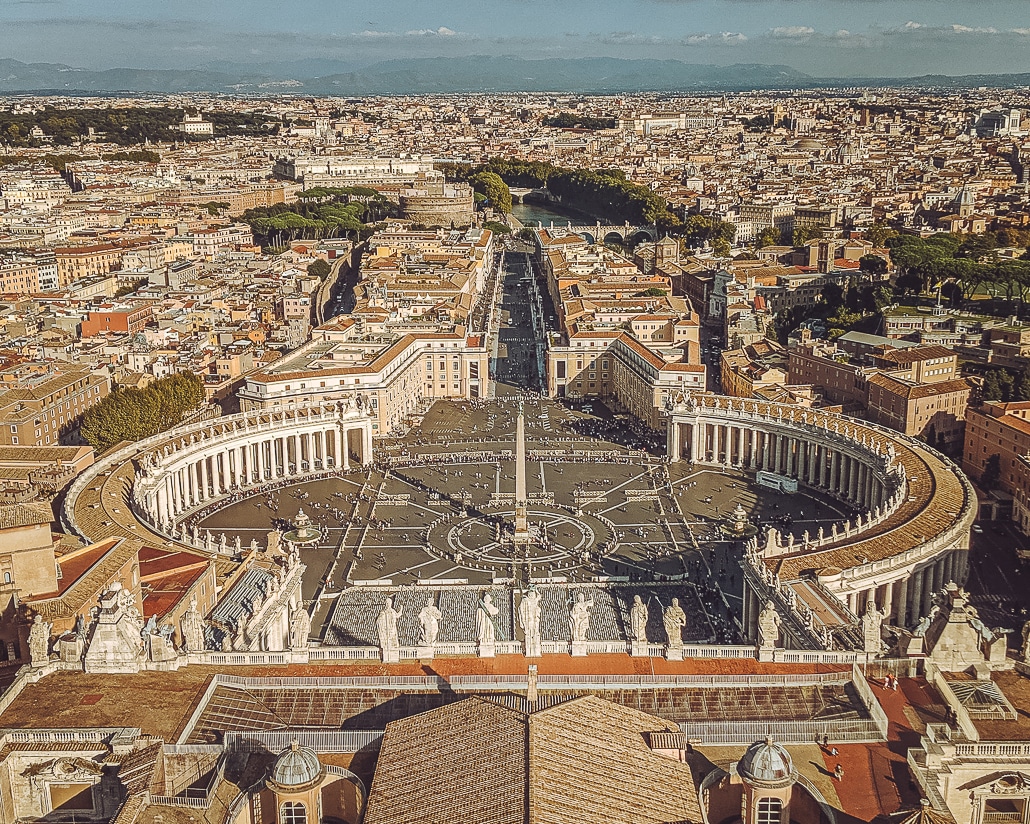
Mass in St. Peter’s Square
Should you wish to attend mass in St. Peter’s Square, there are three ways you can go about getting a ticket.
- By visiting the website of the Prefecture of the Papal Household where you can download a request to fax.
- Through emailing your request to [email protected] of the Pontifical North American College.
- By requesting a ticket directly from The Swiss Guard in St. Peter’s Square. You can’t ask just any member, but you’ll spot them by their distinctive traditional uniforms and the line that forms around them.
I got my ticket for mass from The Swiss Guard. When I requested it, they were standing to the far left of St. Peter’s Basilica and slightly down a ramp. They’re very easy to spot with their bright blue, red, and orange striped uniforms.
The only tickets they offered me were for the next scheduled mass. A maximum of 6 tickets were allowed per person.
Just know that the Pope doesn’t hold every mass personally. He does, however, generally hold the more important masses such as Christmas and Easter, but you would need to book these months in advance.
All Papal audiences and masses are wheelchair accessible.
St. Peter’s Basilica
Officially known as The Papal Basilica of Saint Peter in the Vatican, St. Peter’s Basilica is a Renaissance-style church in Vatican City. The largest church in the world, it is considered to be the most renowned work of its style.
The church was named after St. Peter, the first Bishop of Rome. Tradition holds that it is his burial site as well.
After seeing the inside of the Basilica, I recommend going to the top of the dome for an amazing view of the square below. This dome is the world’s tallest and was designed by the great Michelangelo himself. If you can manage it, I recommend the stairs. I always take the stairs in these situations. It just feels more fulfilling to me.
The Basilica is open every day, from 7:00 AM to 7:00 PM in April to September and from 7:00 AM to 6:00 PM in October to March.
St. Peter’s Dome is open from 8:00 AM to 6:00 PM every day from April to September, and from 8:00 AM to 5:00 PM from October to March.
Access to the dome costs 8 € to climb via the stairs and 10 € to take the lift/elevator. Well worth it!
Castel Sant’Angelo
Seated on the bank of the Tiber River, Castel Sant’Angelo was originally commissioned by and built as a mausoleum for the Roman Emperor Hadrian and his family.
Over the years, it has been used as a tomb, fortress, castle, and now finally, a museum which you can visit.
It’s a fair amount of walking, but you’ll be able to climb right to the top for a beautiful view of the city. You’ll also be able to marvel at the building techniques that have allowed it to survive for two millennia.
The Castel is open daily from 9:00 AM – 7:30 PM. It is closed on January 1st, May 1st, and December 25th.
Tickets will cost you 15 € Additional information can be found HERE.
After walking around for a bit, this was the first site I saw. This was once the tallest structure in Rome so climbing to the top for sunset was incredible. The climb up isn’t very intense, so I wouldn’t pass it up.
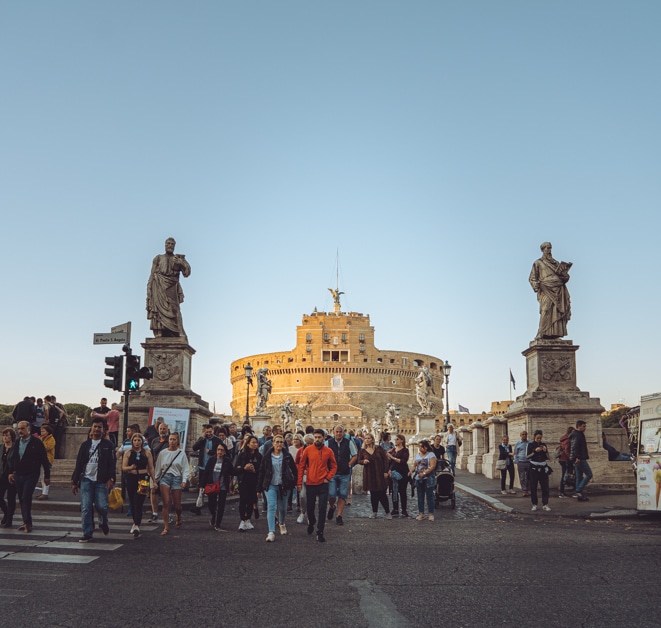
Ponte Sant’Angelo
Originally known as the Aelian Bridge or Pons Aelius, this is the Roman bridge that leads across the Tiber towards Castel Sant’Angelo. Completed in 134 AD, again by Emperor Hadrian for access to his mausoleum.
You should obviously combine crossing this bridge with Castel Sant’Angelo, but it offers a different perspective of the Tiber and Castel.
This bridge wasn’t too far from where I stayed, so I crossed it numerous times but seeing it lit up around sunset was my favorite. Depending on when you go, expect to see plenty of people both crossing and sitting on the edge while posing for pictures.
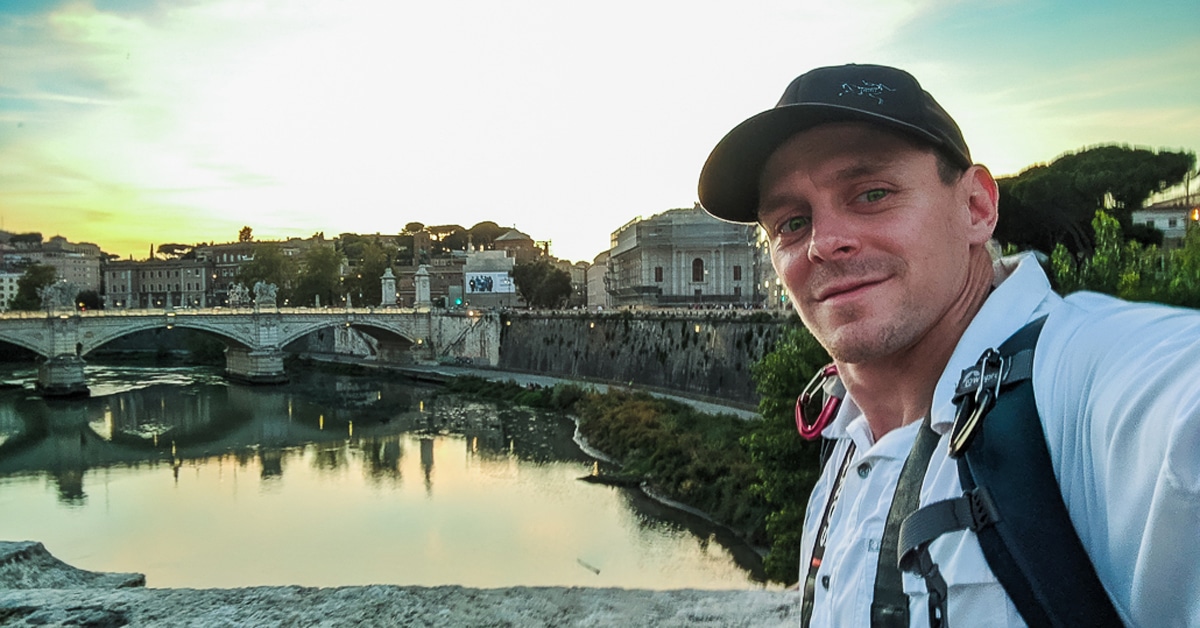
– Rome Travel Itinerary: Day 3
Baths of Caracalla
The Baths of Caracalla Were the city’s second-largest public baths and are one of the largest and best-preserved examples of an ancient spa complex still in existence. They were likely built between 212 and 217 AD, so these ruins are old! They remained in use until the 530’s when they fell into disuse and ruin due to barbarians destroying the aqueducts that fed them. Rude.
While complete ruins now, these baths were impressive. They really give you the sense of ancient Rome’s grandeur and their incredible engineering capabilities. Sometimes I feel like we’d have difficulty recreating some of these structures in the modern day (without our technological advantages).
The Baths are open Monday from 9:00 AM to 2:00 PM, and Tuesday through Sunday from 9:00 AM to 6:30 PM.
Tickets will cost you 8 € and can be purchased in person.
The Mouth of Truth
The Mouth of Truth, or Bocca della Verità, is a large marble mask located within Santa Maria in Cosmedin. The mask is quite large, weighs a hefty 2866 pounds, and reminds me of a gigantic wheel of cheese that someone cut a face into.
Sounds like something I would do.
While its original purpose is unknown, it’s believed to have possibly been a drain cover in the nearby Temple of Hercules Victor for when rain entered through the oculus. It is also thought that cattle merchants used it to drain the blood of cattle they sacrificed to the god Hercules.
A legend states that if a person places his hand inside the mouth and then swears falsely, the mouth will close and sever the hand. While there is no case of this actually happening, I wouldn’t push my luck.
Also found within Santa Maria in Cosmedin is what’s believed to be the skull of St. Valentine.
In the square opposite the church, you will also find the Temple of Hercules and the Fountain of the Tritons.
Santa Maria in Cosmedin is open daily from 9:30 AM to 5:50 PM.
Entrance is free.
Piazza Navona
Because Rome sure knows how to build a fountain!
Piazza Navona is one of the largest piazza squares in all of Rome. It’s so large that it is home to three beautiful fountains with Fontana dei Quattro Fiumi being the crown jewel.
Fontana dei Quattro Fiumi, translated as the Fountain of the Four Rivers, was designed in 1651 by Gian Lorenzo Bernini for Pope Innocent X. If it looks familiar, it may be from its use in the film Angels & Demons, which was the sequel to The Da Vinci Code. It was there where the antagonist tried drowning one of the kidnapped Cardinals.
The piazza also houses the baroque church of Sant’Agnese in Agone and numerous restaurants that ring it.
With this vibe and atmosphere, I easily spent more time here than in any other piazza.

Pantheon
Originally a Roman temple, the Pantheon is now a Catholic church. It is the best-preserved temple in all of Rome. This is quite the feat, given how gigantic it is. It’s so large that pictures don’t do it justice, in my opinion.
Part of the reason for its preservation is that it has been in constant use throughout history.
I can’t express how much I loved the Pantheon. When I look at it, I really think, “Ancient Rome.” Even more so than I do when I see the Colosseum.
As of now, entrance is free, but there have been talks of charging in the future.
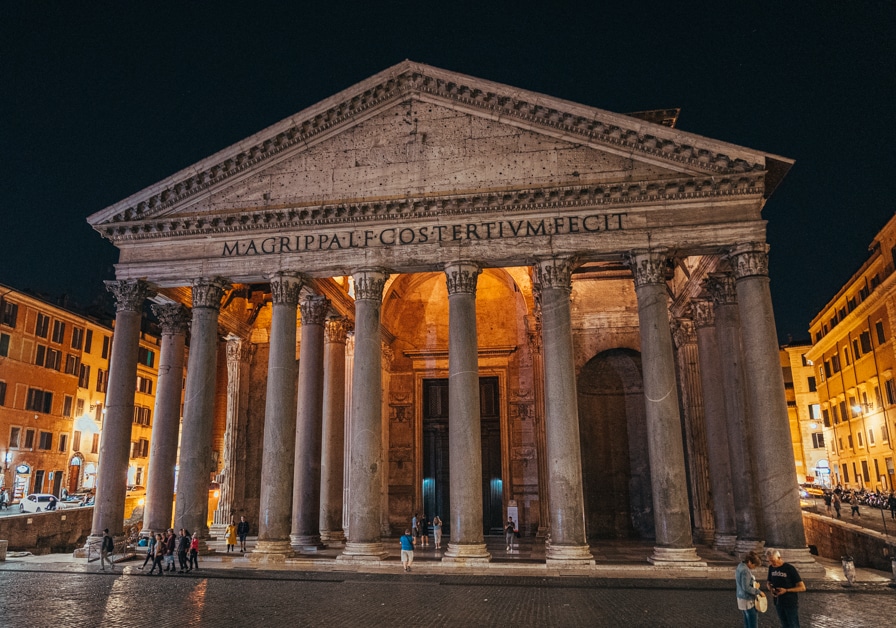
Trevi Fountain
Coming in at 85 feet high and 65 feet wide, Trevi Fountain is Rome’s largest and most famous fountain. Another site made famous through film, this is where Anita Ekberg wades into the fountain in La Dolce Vita.
This fountain is large and imposing. Unfortunately, it’s also crowded as it can possibly be. While I was there, it took a bit of waiting before I could make it to the water’s edge. If you want to see it tourist-free, you’re definitely going to need to be up at 4 AM.
Other than posing for pictures, you’ll see many people throwing coins into the fountain.
Doing this with the right hand over the left shoulder into Trevi Fountain is considered symbolic.
Throwing one coin ensures a return trip to Rome, two coins are for those who are seeking love, and three coins symbolize wedding bells. I threw one coin.
Sitting on the edge of the fountain is forbidden, so don’t be the inconsiderate tourist who does it. In spite of fines and a strong police presence, people still do it. So, of course they ruined things for everyone.
In response, Rome will soon erect a “no sitting” barrier around the fountain to protect it from stupid tourists. Thanks a lot. I hope your picture was blurry because it certainly wasn’t worth taking this beautiful fountain away from the rest of the world.
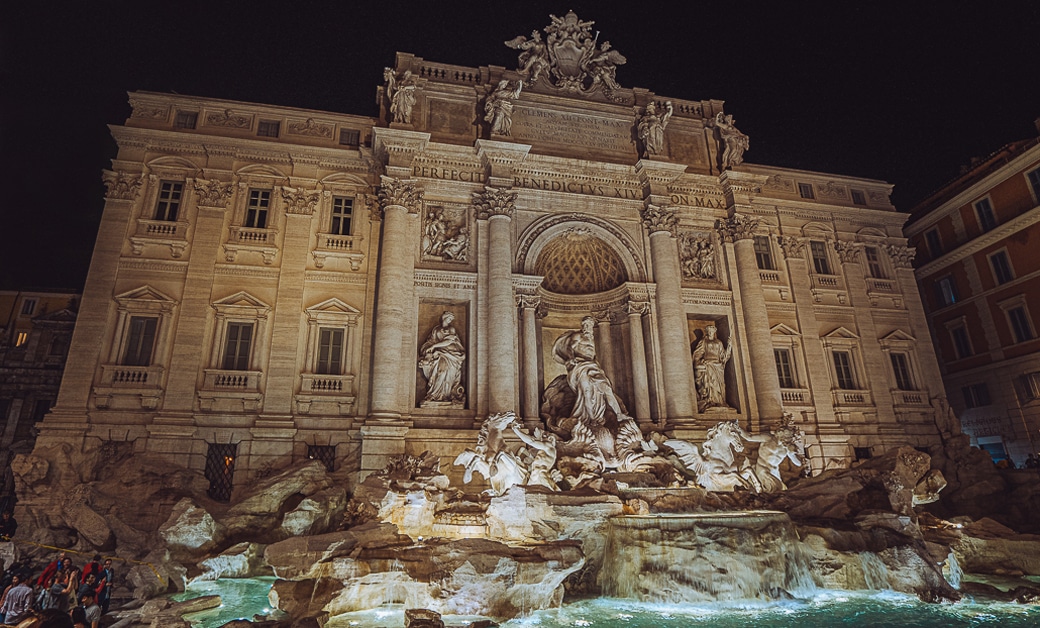
Spanish Steps
Completed in 1725, the Spanish Steps are a monumental stairway consisting of 135 steps that climb the slope between the Piazza di Spagna at the base and Piazza Trinità dei Monti church at the top.
These steps were made famous in the film Roman Holiday, starring Audrey Hepburn.
In a further effort to dissuade tourists, there is also a ban against sitting on the steps. They are watching, so don’t try setting up for a photoshoot, as getting caught results in a $450 fine. Obviously, the three people in my picture didn’t get the memo but someone started blowing a whistle at them soon after they sat.
I climbed the steps during the day and night. If you only have the time for one, I’d recommend doing it at night when they’re lit up.
Romans, don’t kill me for this, but I found the steps to be quite underwhelming. Maybe it was seeing them after the Pantheon and Trevi Fountain, but it was sort of like, “Yup. These are definitely steps, alright.” Maybe if I had brought a slinky with me.
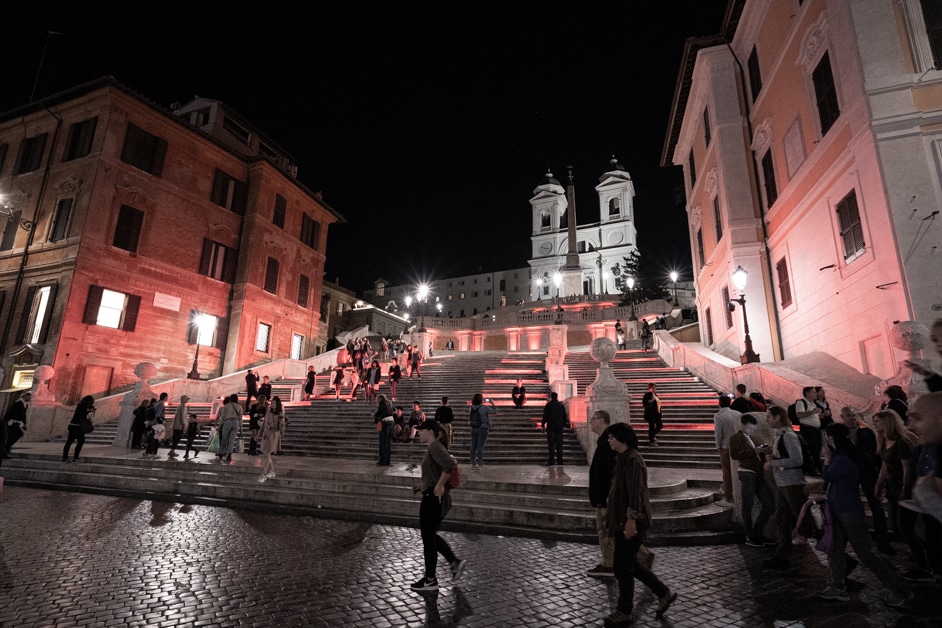
Piazza del Popolo
Piazza del Popolo is a large urban square in Rome. In modern Italian, the name means “People’s Square.”
Located inside the northern gate in the Aurelian Walls, the square was the starting point of the Via Flaminia, which was the road to Ariminum, the most important route to the north.
Inside the square, you’re surrounded by twin churches and the massive Porta del Popolo gate, beyond which lies the Piazzale Flaminio and the start of the Via Flaminia (the road to Ariminum), Rome’s most important route to the north.
However, the main attraction is an Egyptian obelisk of Ramesses II from Heliopolis, which stands in the center.
From what I saw, this square serves as a popular meeting place. So if you were looking for a running club to link up with, this is a good place to look if you can get the timing right.
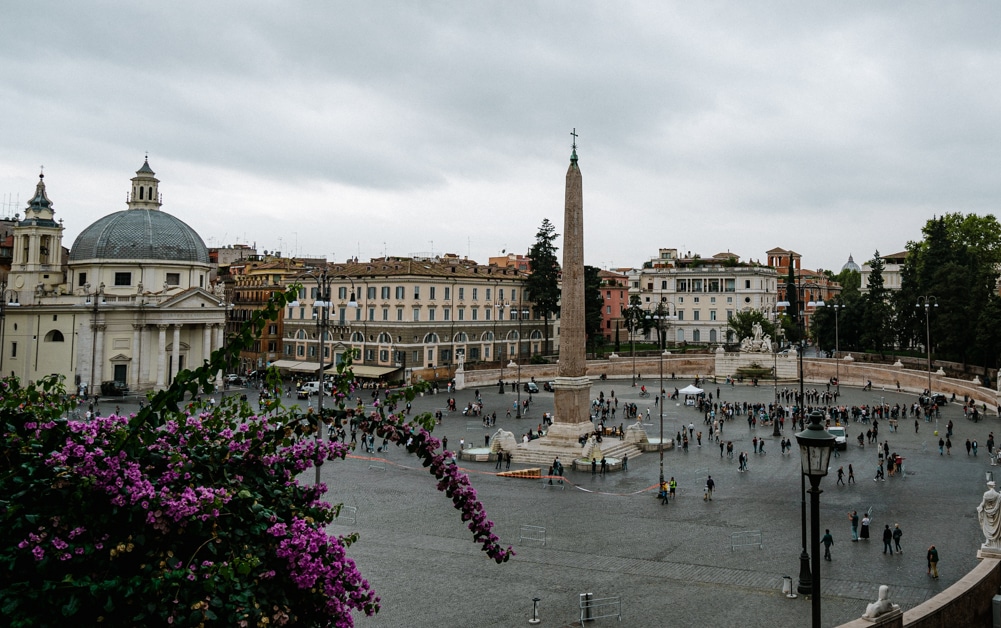
Terrazza del Pincio
After you’re done in Piazza del Popolo, be sure to climb the steps to Terrazza del Pincio so you can see things from above.
The steps leading up are the only place I saw anyone dressed as gladiators and ancient Romans. They will pose for pictures for a fee. Just don’t think you can join them because there is a strict ban on dressing up as one. Which is probably the reason why they were all semi-concealed on the steps.
They will negotiate, so if you’re going to take pictures with them, be sure to set a price before you begin. Otherwise, you’ll be on the hook and aren’t allowed to complain about whatever they charge you.
Once you’re at the top, be sure to take in the magnificent view of the piazza below.
Pizza
And of course, while in Rome, eat as much pizza as you can. This is, after all, a city where they charge you by how much it weighs. I half wish there was a Rome Travel Itinerary based around their pizza alone.

Thanks for reading! Please be sure to share and comment below! I’d love to hear what your favorite part of Rome is!
DID YOU ENJOY THIS ARTICLE? PIN IT!
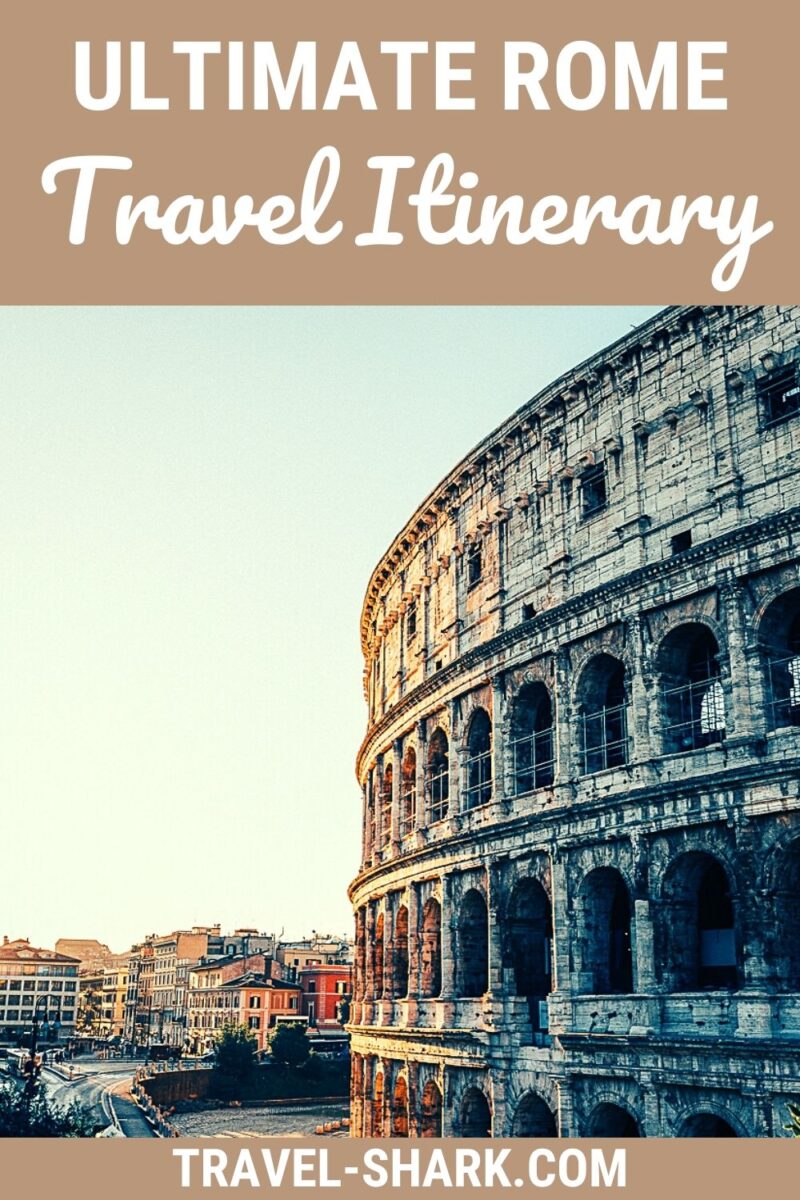

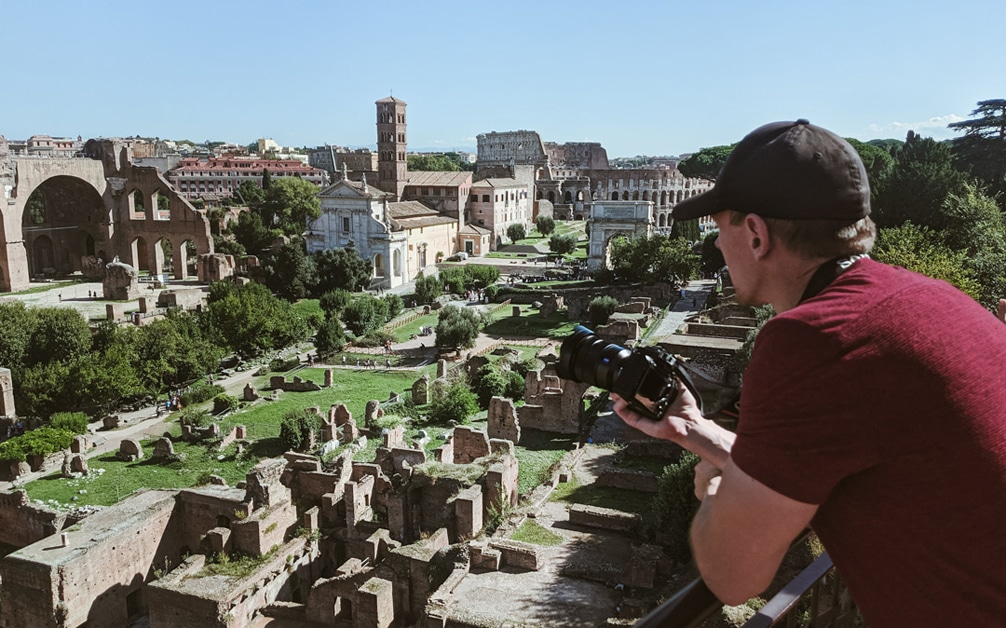
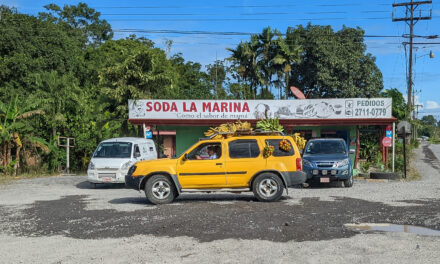
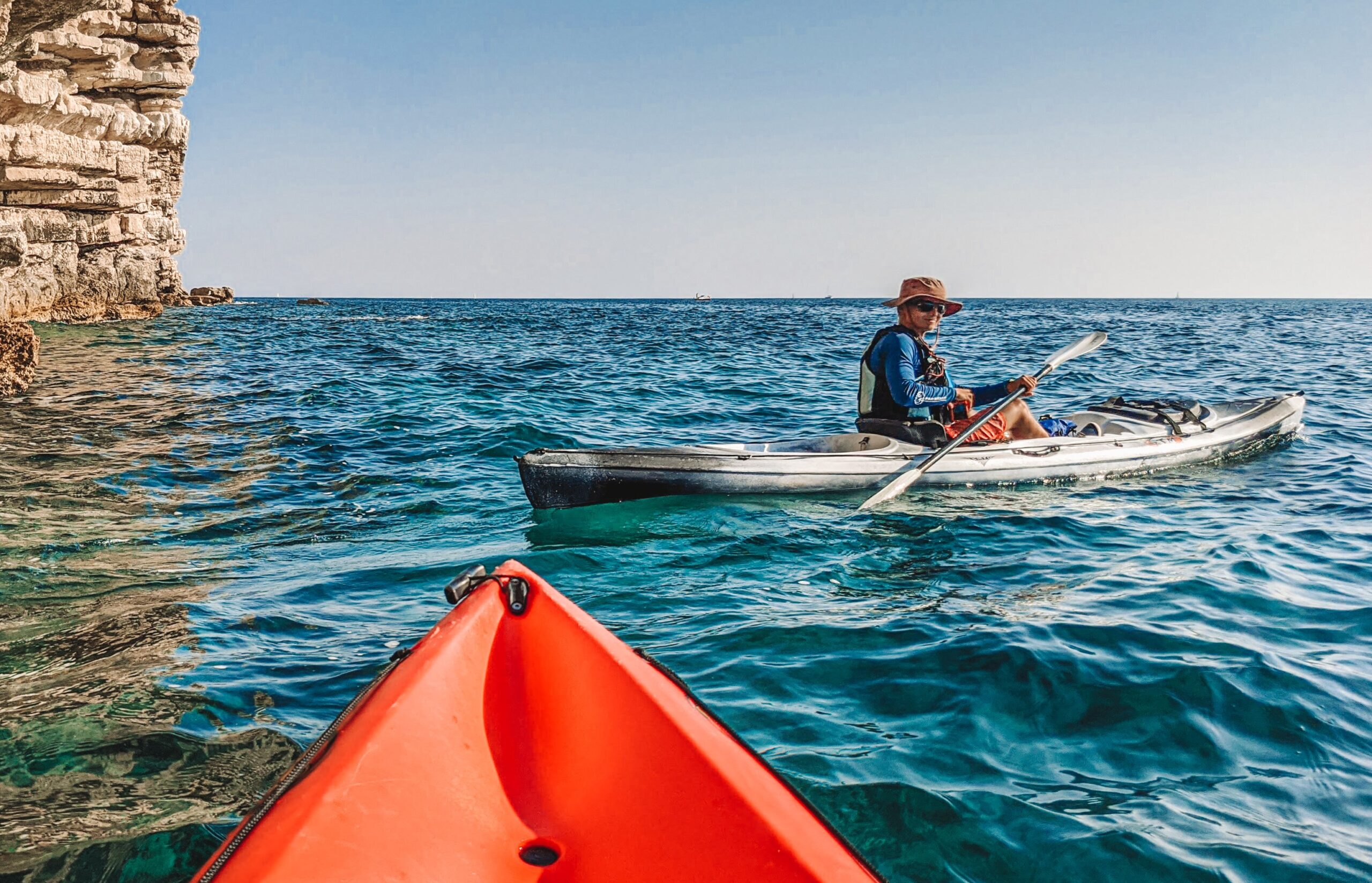
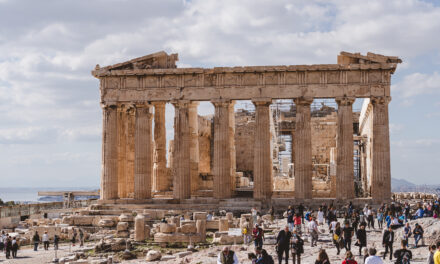
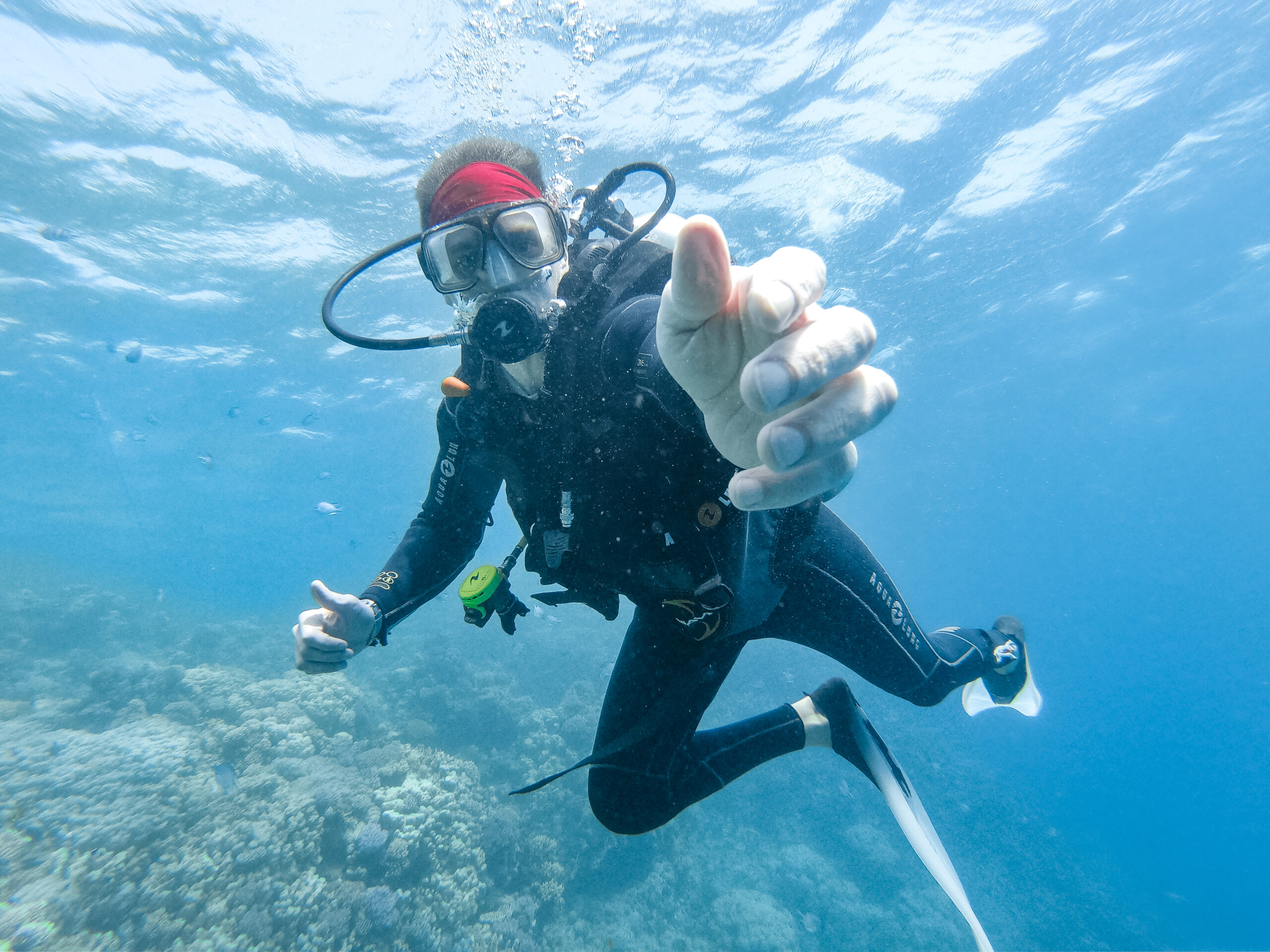
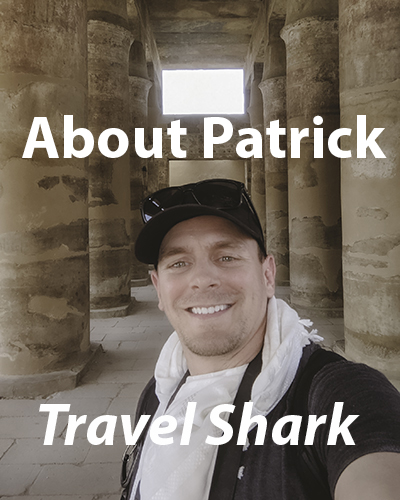
I absolutely love the Rome post! It will definitely help us organize our time well in Rome and it made me want to go even more. Well done! Thank you.
You’re welcome! It’s exactly what I did. I hope it helps. Be sure to let me know how things turn out!
[…] travel, but with so much to see, where do you even begin? Luckily, if I could show you how to see Rome in three days, then Athens in four is a piece of cake. In fact, three days is probably a bit better for this […]
[…] When it comes to food, I love Italian. It’s my favorite when I’m home and it’s my favorite when I’m abroad. […]
[…] I wanted something new that not everyone does while visiting some big flashy resort, but at the same time, I needed to be able to book it all on a week’s notice. Pack and Go! […]